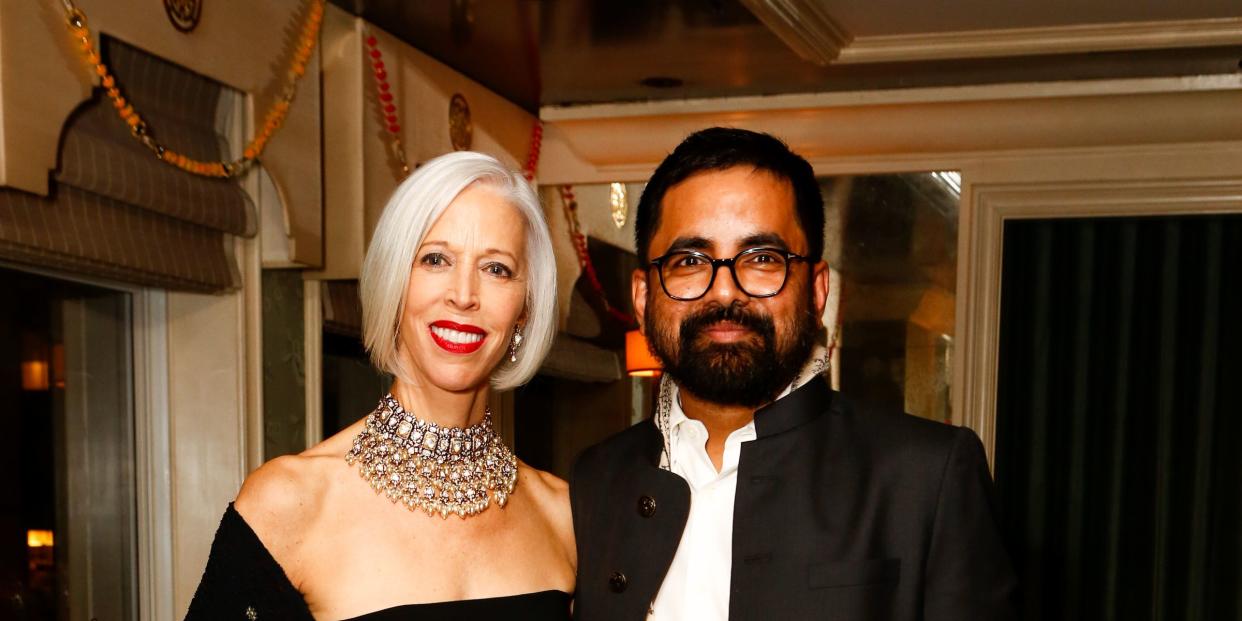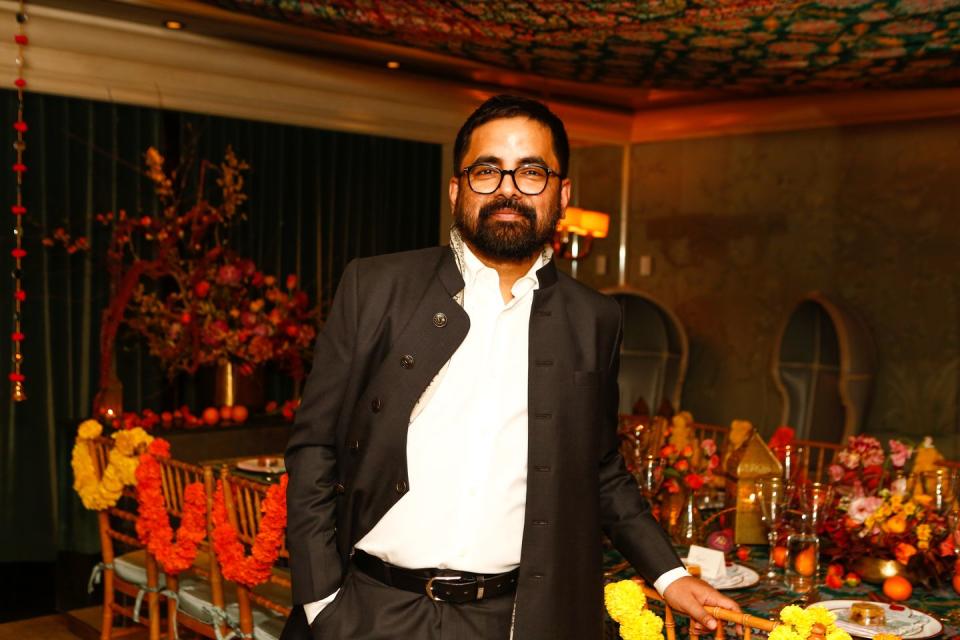Meet the Indian Jeweler Inspired by Madonna and Frida Kahlo

A few weeks ago on the seventh floor of Bergdorf Goodman in New York, I got to sit next to a jeweler who had just arrived from India. I also got to see his bold and imaginative creations, pieces that fuse modernity and heritage, Madonna and Frida Kahlo, up close. His 65-piece Haute Joaillerie collection, featuring all one-of-a-kind pieces, is at Bergdorf's in the main jewelry salon through March 31, but I’ll let Sabyasachi Mukherjee tell you the rest.
How would you describe your work?
I make jewelry that is steeped in nostalgia and Indian heritage. It is extremely handcrafted and full of hidden details, both in the front and back. While the front of the jewelry is important, the back is equally so. Good jewelry is like good underwear—it should give you an indescribable feeling of luxury that exists only for you and you alone, and should be privy to just a lucky few. My jewelry is strong, individualistic, and eclectic with a very strong Indian soul.

Who are your greatest influences?
I have grown up with very strong women around me. My paternal grandmother who shaped my consciousness when I was a teenager was a very Spartan woman. She had very little, and her absolute chicness came from a severity and minimalism. In many ways, it has also influenced my choice of muses. From Amrita Sher-Gil to Frida Kahlo, from Edith Piaf to Madonna and Paloma Picasso. My muses are varied, yo-yoing between maximalism and minimalism. But the one thing they have in common is that they are very fiercely independent women.
What is traditionally Indian about your work, and where does it depart from tradition?
If you look at India’s tradition of jewelry, you will notice it has always been a celebration of excess and exuberance, along with very fine craftsmanship. I like to stay true to that. My departure point possibly lies in mixing the high with the low, which comes from global street influences. Indian precious jewelry can sometimes be very forbidding, overbearing and formal. My jewelry breaks that stereotype.
When did you begin designing, and what do you consider your greatest design achievements?
I started designing jewelry long before I started making clothes. The jewelry was made with horn, shell, wood, brass and aluminum, because at the time, it was all I could afford. I used to sell them to street hawkers in Calcutta packaged in small tiffin boxes. Once I started making the jewelry I make today, I sold a very substantial amount of it to a very powerful royal family in the Middle East. They are used to buying from the best in the world. And the fact that they chose my jewelry over some of the world’s very best was all the validation I ever needed.
You Might Also Like

